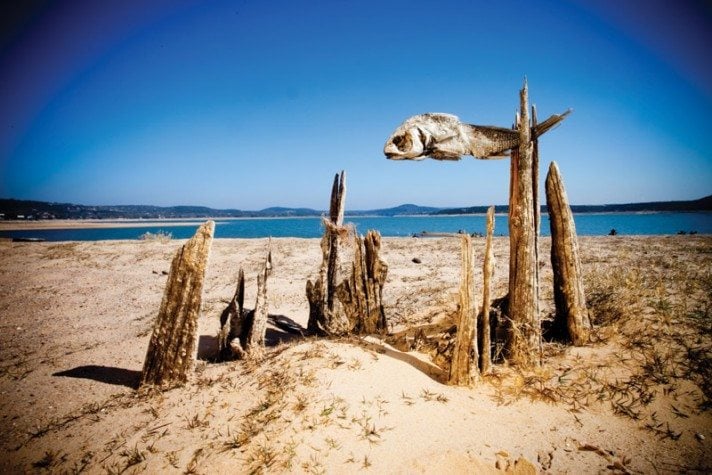I am writing from the city of Leeds in Yorkshire,
where a very nice conference on comparative urbanism just finished up. This is
a quick post about the session, and maybe I will write something in more detail
at a later time. The session was called “ACUMEN: Assembly for Comparative
Urbanism and the Material Environment." with the subtitle: “Digital methodologies
for social research for processes of urban landscape development.” The conference was the brainchild of Benjamin Vis, an archaeologist who is now in the Ph.D.
program in Geography at the University of Leeds. It was held at
Haley’s Hotel in Leeds, a comfortable place to talk about urbanism with a bunch
of fascinating people (although they aren't going to win any awards for their internet service - I may or may not get this thing posted before I leave town!). There is some information at the pre-conference website.
The ACUMEN conference brought together people working
on various approaches to comparative urbanism and using various current
methods, in particular historical/archaeological GIS analysis. There were
geographers, historians, archaeologists, architects, and some folks difficult
to classify. In addition to presentations by established scholars, the
conference include a “PechaKucha,” an event that was new to me. A group of
people, mostly students, gave very brief presentations of their research,
limited to 20 slides and six minutes.
I gave the opening talk, and a summing-up at the end.
Benjamin called me the conference “Ambassador,” but I am still not sure what
that meant. It was fascinating to hear about a bunch of creative and important
urban research projects. My approach to comparative urbanism, which should be
clear if you have followed this blog, has been to start with a theme that cuts
across many periods and regions, especially ancient and modern cities. Themes
I’ve written about (here and in articles) include informal settlements, urban
sustainability, urban sprawl, neighborhoods, and gated communities. So far, my
comparisons have not been done in great detail, except perhaps for the theme of
neighborhoods.
Most of the participants in the ACUMEN conference used
one or both of two alternative approaches to analysis and comparison. The first
is methodological. GIS analysis is rapidly becoming the standard method in
research on urban form (and other topics) in archaeology, geography, and
history. We heard about some great urban-GIS analyses, particularly the
historical mapping of Paris by Eric Grasso and colleagues, and studies of
medieval British towns by Keith Lilley (I apologize for this hasty posting,
without links; I will try to get them done, but it may have to wait till I am back
in Arizona). GIS is a method to provide a standardization of data for comparing
cities.
The second method to comparison discussed at this
conference is theory- or approach-driven. The two main examples here were space
syntax and urban morphology. Space syntax, a method of analyzing the uses of
and access to spaces in buildings and cities, has become increasingly popular
in some archaeological traditions. It is not a universal method, because its
applications rely on complex room arrangements within buildings, or street
patterns in cities. In my own case, Aztec houses have one room and Aztec cities
do not have streets. But for the western urban tradition (plus a few examples
from other traditions), space syntax is very useful. Sam Griffiths, a space syntax
expert at the University College London (center of the space syntax movement),
gave an interesting talk on the methods, its uses, and its limitations. A
number of the other participants are using, or have used, space syntax
previously. (links will be provided……).
Urban morphology is more of a method or approach than
a theory. See the journal Urban Morphology for examples. This approach fits
well with GIS (as in Keith Lilley’s work) and with space syntax. While only a
couple of the participants work within the urban morphology approach, most of
the work featured at the conference focused on urban morphology or form in a broader
sense.
This was a great session, and we all left with new ideas
and inspiration to try to keep the cross-disciplinary dialogue going somehow. Benjamin
Vis will probably be setting up a website for ACUMEN before long, and I will talk
more about this in the future.
I also got to spend part of a day in York, looking at Roman,
Viking, and medieval remains. And it was great sampling the local ales.







